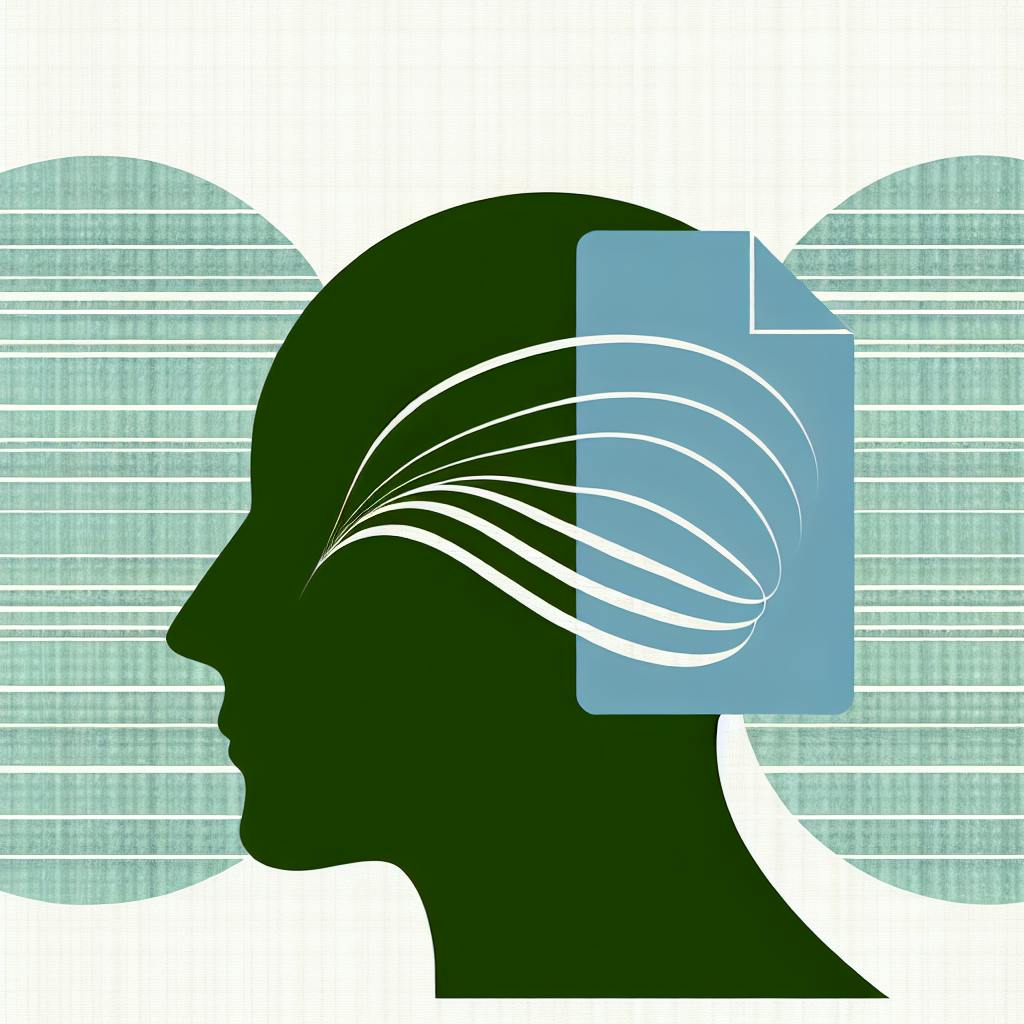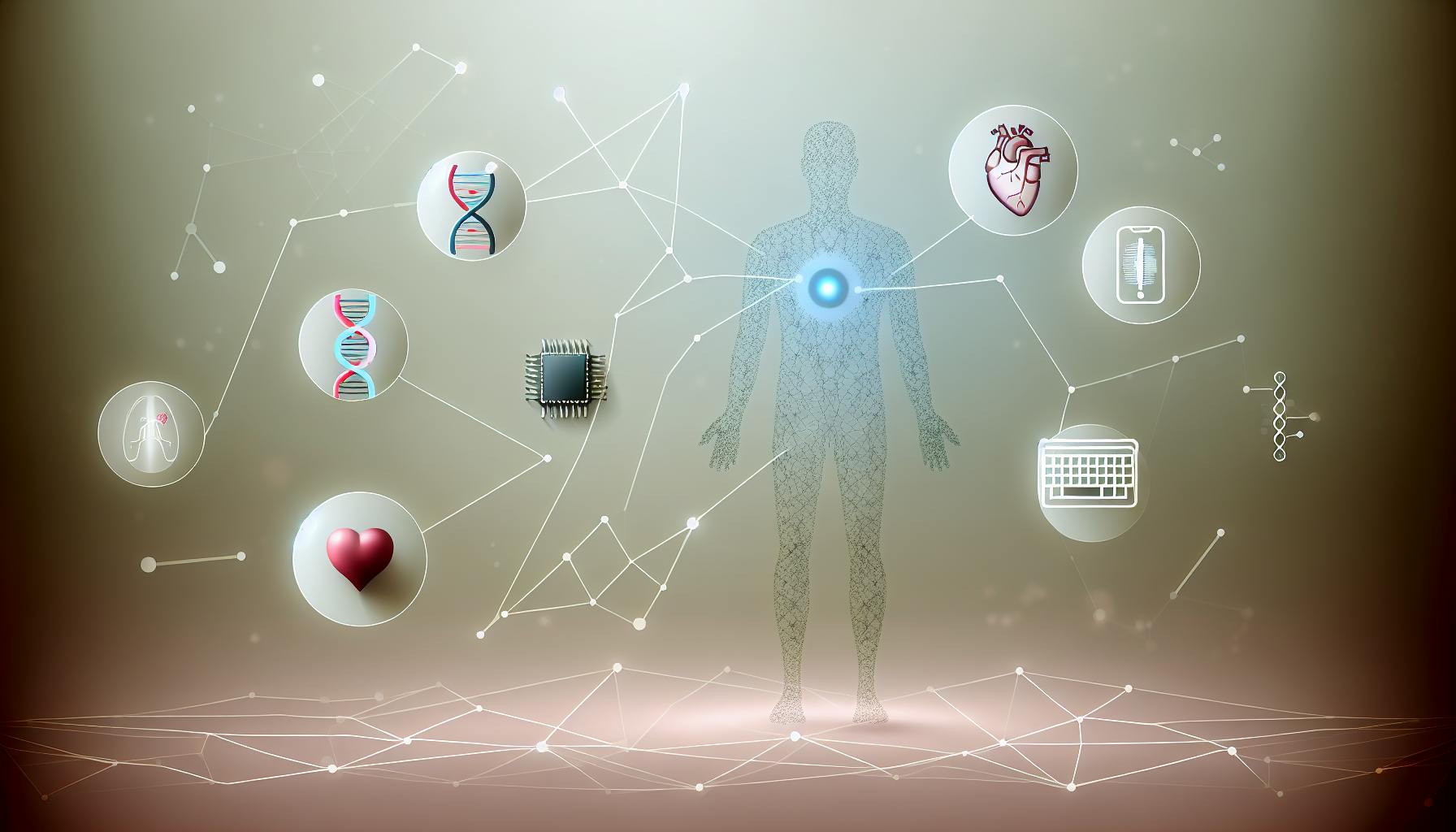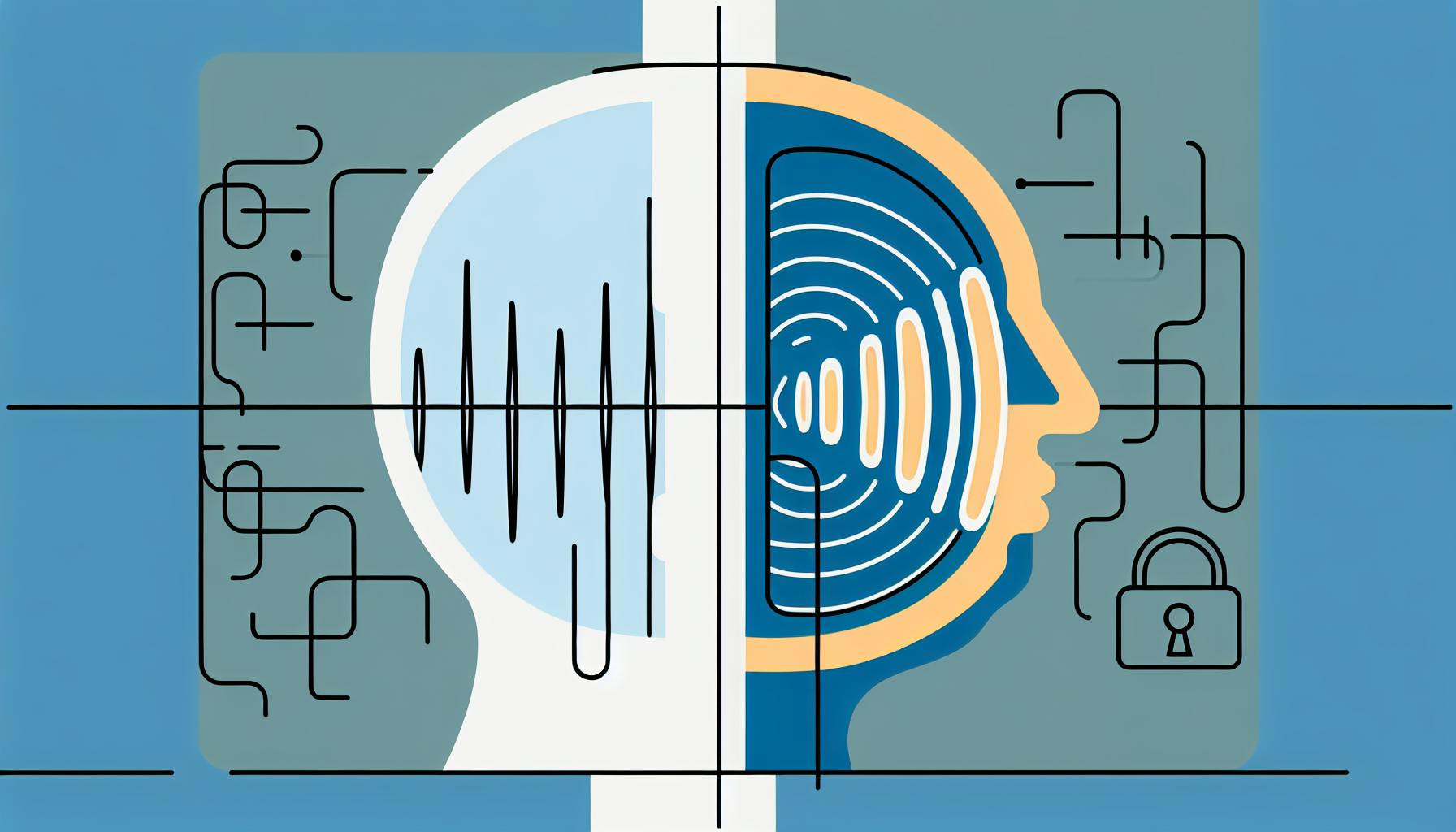Medical scribes assist physicians with clinical documentation, allowing them to focus on patient care. This article compares the advantages and limitations of AI medical scribes and human medical scribes across key metrics like accuracy, cost, and patient satisfaction.
Quick Comparison
| Metric | AI Medical Scribes | Human Medical Scribes |
|---|---|---|
| Accuracy | 95-98% accurate in transcribing medical speech | 90-95% accurate, prone to human error |
| Cost | Lower upfront costs, reduced labor expenses | Higher upfront costs, labor expenses, and training |
| Patient Satisfaction | May lack personal touch, but offer real-time documentation | Offer personalized care, but may be slower in documentation |
| Availability | Always available, 24/7 | Limited availability, dependent on human resources |
| Scalability | Easily scalable, can handle high volumes | Limited scalability, may require additional staff |
| Integration | Seamless integration with EHR systems | May require additional training for EHR integration |
The hybrid scribe model, combining AI and human scribes, offers a balanced solution by leveraging the strengths of both approaches. However, implementing AI medical scribes raises ethical concerns around data privacy, informed consent, and managing bias in AI systems.
Human Medical Scribes
Human medical scribes are skilled healthcare professionals who assist physicians with clinical documentation. They play a vital role in ensuring accurate and efficient documentation of patient encounters, allowing physicians to focus on providing high-quality care.
Advantages of Human Scribes
Human scribes have several advantages:
| Advantage | Description |
|---|---|
| Error recognition and correction | Human scribes can identify and correct mistakes in the medical record, preventing medical errors and improving patient outcomes. |
| Direct communication | Human scribes can communicate directly with physicians and other healthcare team members, facilitating coordination and collaboration. |
| Empathy and personal touch | Human scribes provide emotional support and navigate complex patient interactions, which is essential in healthcare. |
Drawbacks of Human Scribes
While human scribes offer several advantages, they also have some drawbacks:
| Drawback | Description |
|---|---|
| Training requirements | Human scribes require regular training to stay updated on evolving medical terminology and practices, which can be time-consuming and costly. |
| Inconsistent quality | The quality of documentation can vary depending on the scribe's skills and experience, which can impact the accuracy and completeness of patient records. |
| Subjective biases | Human scribes may introduce subjective biases into the documentation process, which can affect the quality of care. |
Overall, human medical scribes play a critical role in clinical documentation, offering several advantages and some drawbacks. While they provide a level of empathy and personal touch, they also require training and may introduce inconsistencies in documentation quality.
AI Medical Scribes
AI medical scribes are transforming the healthcare industry by using artificial intelligence (AI) and machine learning algorithms to assist with clinical documentation. These AI-powered scribes aim to improve the efficiency and accuracy of medical record-keeping, allowing healthcare professionals to focus on providing high-quality patient care.
Advantages of AI Scribes
AI scribes offer several benefits:
| Advantage | Description |
|---|---|
| Faster Documentation | AI scribes can process and document patient information quickly, reducing administrative tasks. |
| Higher Accuracy | AI algorithms can identify and correct errors in real-time, ensuring accurate medical records. |
| Cost Savings | AI scribes can reduce labor costs associated with human scribes, making them a cost-effective solution. |
| Seamless Integration | AI scribes can integrate with existing Electronic Health Records (EHR) systems, streamlining the documentation process. |
Limitations of AI Scribes
While AI scribes offer several benefits, they also have some limitations:
| Limitation | Description |
|---|---|
| Initial Investment | Implementing AI scribe technology requires significant upfront investments in hardware and software. |
| Complex Medical Information | AI scribes may struggle to accurately document complex medical information or nuanced patient interactions. |
| Lack of Human Touch | AI scribes may not be able to replicate the empathy and personal touch that is essential in patient care. |
By understanding the advantages and limitations of AI medical scribes, healthcare organizations can make informed decisions about implementing this technology to improve clinical documentation and patient care.
Comparing AI and Human Scribes
When choosing between AI medical scribes and human medical scribes, healthcare organizations need to consider various factors, including accuracy, cost, and patient satisfaction. Here's a detailed comparison of AI and human medical scribes across these key performance metrics:
Comparison Table
| Metric | AI Medical Scribes | Human Medical Scribes |
|---|---|---|
| Accuracy | 95-98% accurate in transcribing medical speech | 90-95% accurate, prone to human error |
| Cost | Lower upfront costs, reduced labor expenses | Higher upfront costs, labor expenses, and training |
| Patient Satisfaction | May lack personal touch, but offer real-time documentation | Offer personalized care, but may be slower in documentation |
| Availability | Always available, 24/7 | Limited availability, dependent on human resources |
| Scalability | Easily scalable, can handle high volumes | Limited scalability, may require additional staff |
| Integration | Seamless integration with EHR systems | May require additional training for EHR integration |
By examining these key metrics, healthcare organizations can make informed decisions about which type of medical scribe best suits their needs. While AI medical scribes offer advantages in accuracy, cost, and scalability, human medical scribes provide personalized care. Ultimately, the choice between AI and human medical scribes depends on the specific requirements and available resources of the medical practice.
sbb-itb-527d68c
Hybrid Scribe Model
Benefits of a Hybrid Approach
Combining the strengths of AI and human medical scribes, the hybrid scribe model offers a superior solution in clinical documentation. This approach leverages the accuracy and speed of AI technology, along with the nuance and empathy of human expertise.
Advantages of Hybrid Scribe Model:
| Benefit | Description |
|---|---|
| Enhanced Accuracy | AI technology identifies and corrects errors in real-time, while human scribes review and refine notes for completeness and context. |
| Improved Efficiency | AI processes large amounts of data quickly, freeing human scribes to focus on higher-value tasks and ensuring timely documentation. |
| Preserved Human Touch | Human scribes provide empathy and understanding, essential in patient care, while AI technology handles administrative tasks. |
Challenges in Implementation
While the hybrid scribe model offers numerous benefits, its implementation can be complex. Healthcare organizations may face challenges such as:
- Integration Complexity: Combining AI technology with human scribe workflows requires seamless integration with existing EHR systems and clinical documentation processes.
- Training Requirements: Human scribes need training on AI technology and workflows, while AI algorithms require fine-tuning to adapt to specific clinical settings and documentation needs.
- Data Quality and Security: Ensuring the accuracy, completeness, and security of patient data is crucial in a hybrid approach, requiring robust data management and security protocols.
By understanding the benefits and challenges of a hybrid scribe model, healthcare organizations can develop effective strategies for implementation, ensuring improved clinical documentation and patient care.
Ethics of AI in Medical Scribing
The use of AI medical scribes in healthcare raises important ethical concerns. As AI technology becomes more integrated into clinical documentation, it is crucial to address concerns surrounding data privacy, informed consent, and the management of bias.
Data Privacy and Security
AI medical scribes process sensitive patient information, making data privacy and security a top priority. Healthcare organizations must ensure that AI systems are designed with robust security protocols to protect patient data from unauthorized access or breaches.
Key Security Measures
| Measure | Description |
|---|---|
| Encryption | Protecting patient data with encryption to prevent unauthorized access |
| Access Controls | Implementing access controls to ensure only authorized personnel can access patient data |
| Regular Security Audits | Conducting regular security audits to identify and address potential vulnerabilities |
Informed Consent and Transparency
Patients have the right to know how their data is being used and processed. Healthcare providers must obtain informed consent from patients before using AI medical scribes, ensuring that patients understand the benefits and risks associated with AI-assisted documentation.
Key Considerations
| Consideration | Description |
|---|---|
| Patient Education | Educating patients on the use of AI medical scribes and their role in clinical documentation |
| Transparency | Ensuring transparency in the documentation process and providing patients with access to their medical records |
| Consent | Obtaining informed consent from patients before using AI medical scribes |
Managing Bias in AI Systems
AI systems can perpetuate biases present in the data used to train them, which can lead to inaccurate or unfair documentation. Healthcare organizations must take steps to identify and mitigate bias in AI medical scribes.
Strategies for Managing Bias
| Strategy | Description |
|---|---|
| Diverse Training Datasets | Using diverse and representative training datasets to reduce bias |
| Bias Detection Algorithms | Implementing bias detection algorithms to identify and address potential biases |
| Regular Audits | Conducting regular audits to ensure fairness and accuracy in AI-assisted documentation |
By addressing these ethical considerations, healthcare organizations can ensure that AI medical scribes are used in a responsible and ethical manner, ultimately improving the quality and safety of patient care.
Conclusion
Key Takeaways
The comparison of AI and human medical scribes highlights the strengths and weaknesses of each approach. Healthcare decision-makers must weigh the trade-offs between accuracy, efficiency, cost, and patient satisfaction when choosing a medical scribing solution.
In conclusion, the choice between AI and human medical scribes depends on the specific needs and resources of each healthcare organization. By understanding the strengths and limitations of each approach, healthcare decision-makers can make informed decisions that drive better patient outcomes, improve operational efficiency, and reduce costs.
| Key Takeaway | Description |
|---|---|
| AI medical scribes offer speed and accuracy | AI medical scribes can process large volumes of data quickly and accurately, reducing the administrative burden on healthcare providers. |
| Human medical scribes provide contextual understanding | Human medical scribes offer real-time support, contextual understanding, and personalized assistance, enhancing the patient experience and improving care coordination. |
| Hybrid approach offers a balanced solution | A hybrid approach that combines the strengths of AI and human medical scribes can provide a more comprehensive and effective medical scribing solution. |
FAQs
How is AI used in clinical documentation?
AI helps with clinical documentation by automatically transcribing and summarizing patient-clinician conversations. This is done using speech recognition technology, natural language processing (NLP), and machine learning algorithms.
Here's how it works:
| Step | Description |
|---|---|
| 1. Speech recognition | The AI system listens to the conversation between the clinician and patient. |
| 2. NLP analysis | The AI system applies NLP techniques to identify key clinical concepts, such as symptoms, diagnoses, medications, and treatment plans. |
| 3. Real-time note generation | The resulting clinical note is generated in real-time, saving clinicians time and effort. |
AI-powered clinical documentation also helps identify potential errors or inconsistencies in documentation, improving the overall quality of patient care.


